Mole Sauce: A Flavorful Journey Through Global Spice Traditions
If you've ever tasted a rich, complex sauce that somehow manages to blend chocolate, chili, nuts, and spices into one harmonious bite, you’ve experienced mole sauce. But this isn’t just a condiment — it’s a culinary tradition steeped in history, culture, and the art of spice blending. In this article, we’ll take a deep dive into the world of mole, explore its origins, and share 10 practical tips to help you master your own homemade mole sauce. Let’s get saucy!
Table of Contents
- What Is Mole Sauce?
- A Taste of History
- Types of Mole Sauces Around the Globe
- The Spice Lineup: Key Ingredients in Mole
- 10 Practical Tips for Perfecting Your Mole
- Visual Comparison Table
- Final Thoughts: Why Mole Deserves a Spot on Your Plate
What Is Mole Sauce?
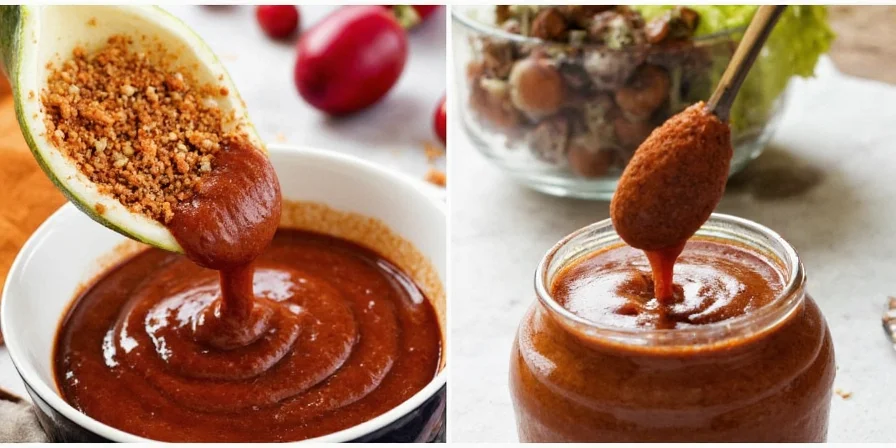
Figure 1: Classic mole sauce served over chicken.
In short, mole (pronounced MOH-lay) is a traditional Mexican sauce made from a complex blend of ingredients including dried chilies, spices, nuts, seeds, and often chocolate. It's thick, deeply flavorful, and incredibly versatile — used to top everything from turkey to tamales.
The beauty of mole lies in its complexity. Unlike most sauces that follow a linear flavor path, mole dances on your palate with layers of sweet, savory, spicy, and bitter notes all at once.
A Taste of History
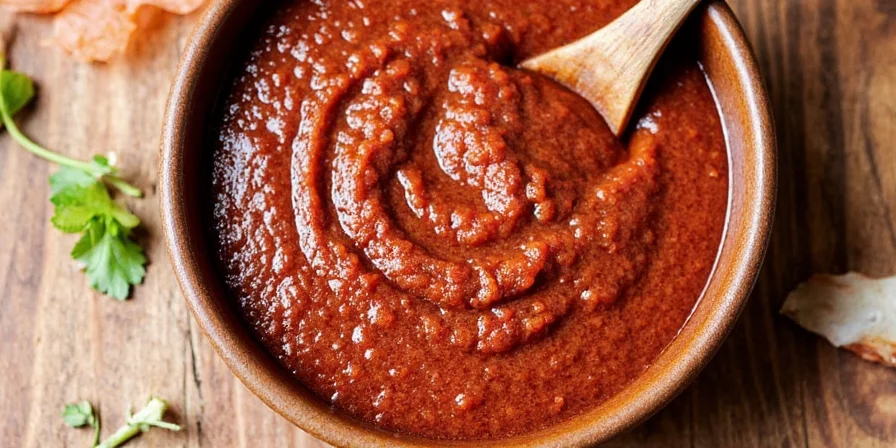
Figure 2: Historical illustration of nuns preparing mole.
The origin story of mole is as layered as the sauce itself. One popular legend traces its creation back to 17th-century Oaxaca, where a nun supposedly combined whatever ingredients she could find to impress an archbishop. Whether true or not, mole has since become a symbol of celebration, especially during Día de los Muertos and weddings.
Today, mole represents more than just food — it’s a cultural heirloom passed down through generations, each family adding their own twist to the base formula. From Puebla to Michoacán, each region has developed its own signature style, contributing to the global tapestry of spice traditions.
Types of Mole Sauces Around the Globe
While Mexico is the birthplace of mole, similar spiced sauces have appeared in other parts of the world, showing how universal the desire for complex flavor truly is.
| Type | Region | Main Ingredients | Flavor Profile | Common Uses |
|---|---|---|---|---|
| Mole Negro | Oaxaca, Mexico | Dried chilies, plantains, peanuts, chocolate | Smoky, bittersweet | Poultry, rice |
| Mole Verde | Oaxaca / Puebla | Fresh herbs, green chilies, pumpkin seeds | Herbaceous, bright | Enchiladas, eggs |
| Mole Poblano | Puebla, Mexico | Chili pasilla, sesame, almonds, chocolate | Earthy, rich | Roast turkey, tamales |
| Harrisa-Inspired Mole | North Africa | Red peppers, spices, olive oil | Spicy, garlicky | Grilled meats, bread |
| Curry-Based Sauce | India | Turmeric, cumin, coriander, coconut | Aromatic, spicy | Rice, flatbread |
The Spice Lineup: Key Ingredients in Mole
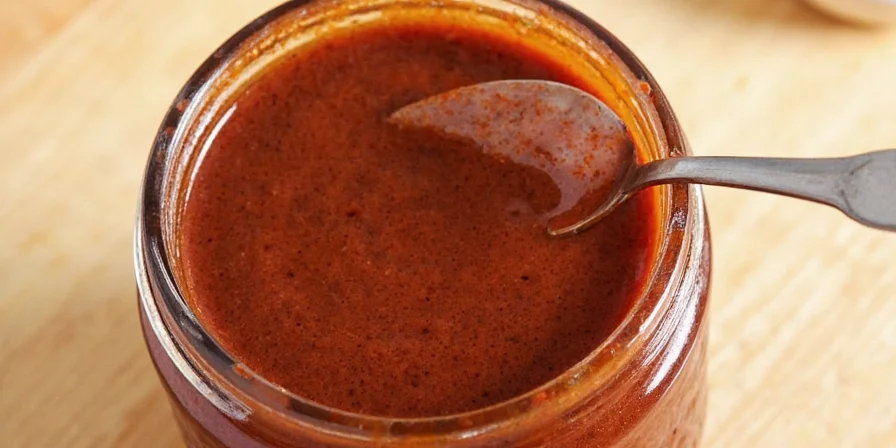
Figure 3: The spice lineup for classic mole sauce.
One of the most fascinating aspects of mole is the variety of ingredients it brings together. Here are some of the stars of the show:
- Ancho Chiles: Sweet, fruity, slightly smoky.
- Guajillo Chiles: Tangy, berry-like undertones.
- Cinnamon & Cloves: Add warmth and depth.
- Allspice: Often referred to as “pimento,” adds earthiness.
- Tomatillos: For acidity and brightness.
- Chocolate: Not dessert-style; use unsweetened or semi-sweet for balance.
- Almonds/Peanuts: Provide nuttiness and body.
10 Practical Tips for Perfecting Your Mole
1. Start with Quality Ingredients
Use fresh, high-quality dried chilies and spices. Old or stale spices will ruin the flavor profile.
2. Toast Your Spices
Toasting spices before grinding enhances their aroma and intensifies their flavor. Just be careful not to burn them!
3. Soak the Chilies First
Dried chilies need rehydration. Soak them in hot water until soft, then blend into a smooth paste.
4. Blend in Batches
Don’t overcrowd your blender. Blend ingredients in stages — chilies first, then spices, nuts, and finally liquids.
5. Cook Low and Slow
Mole improves with time. Simmer it gently over low heat for at least 30 minutes to let the flavors meld.
6. Balance Sweetness and Heat
Add a pinch of sugar if it’s too spicy, or a splash of vinegar if it’s too sweet. Finding balance is key.
7. Stir Frequently
Mole can scorch easily. Keep stirring to ensure even heating and prevent sticking.
8. Taste as You Go
Season constantly. Add salt early and taste after each major addition (chocolate, nuts, etc.) to adjust seasoning.
9. Use Chicken Broth for Depth
Replace some of the water with broth for a richer, more savory flavor.
10. Rest Overnight (If Possible)
Like many stews and sauces, mole tastes better the next day. Store it in the fridge and reheat before serving.
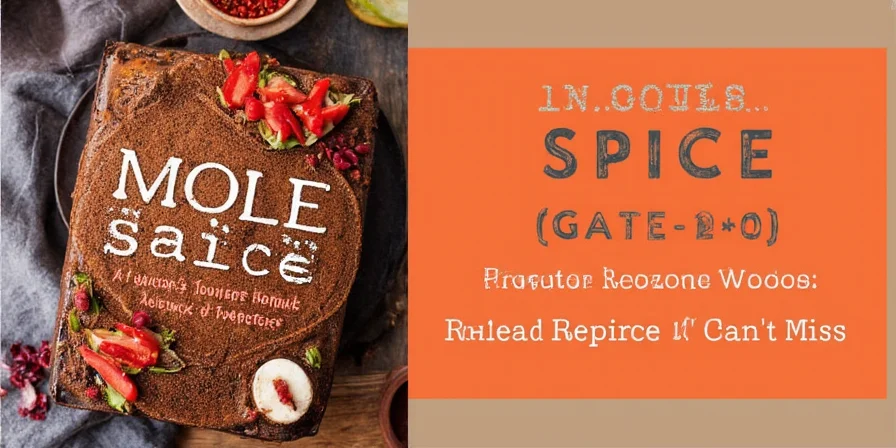
Figure 4: Step-by-step mole preparation process.
Visual Comparison Table
To give you a better sense of how different moles stack up, here’s a visual comparison based on color, texture, and flavor intensity:
| Type | Color | Texture | Heat Level | Sweetness |
|---|---|---|---|---|
| Mole Negro | Dark brown/black | Thick, almost syrupy | Medium-High | High |
| Mole Poblano | Deep burgundy | Velvety | Low-Medium | Medium |
| Mole Verde | Bright green | Lighter, smoother | Low | Low |
| Mole Amarillo | Golden yellow | Thin but rich | Medium | Medium |
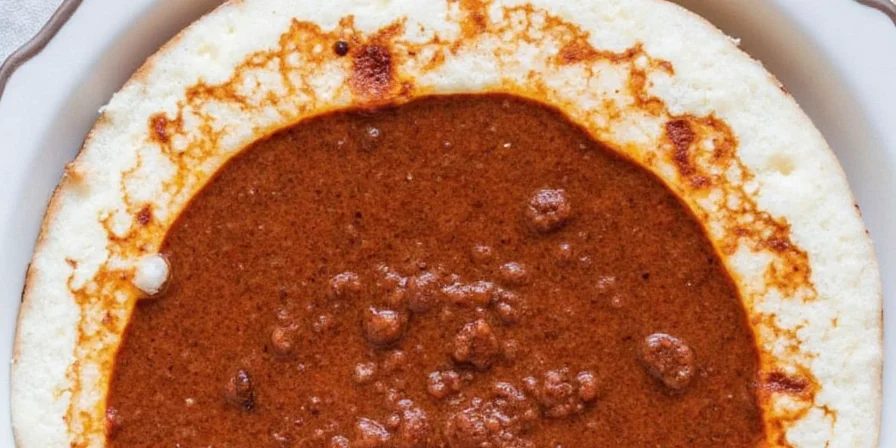
Figure 5: Visual comparison of different mole colors.
Final Thoughts: Why Mole Deserves a Spot on Your Plate
Mole sauce isn’t just about flavor — it’s about heritage, creativity, and the magic that happens when cultures collide in a pot. Whether you’re a seasoned chef or a curious home cook, mastering mole opens the door to a whole new world of spices and storytelling through food.
So go ahead — embrace the mess, enjoy the process, and remember: mole may take time, but it’s always worth the wait. And if you ever feel overwhelmed, just remind yourself: “It took centuries to perfect this sauce… surely I can handle an hour.”
Now that you’ve got the tools, it’s time to get cooking. Grab your spices, roll up your sleeves, and let mole bring some global flavor into your kitchen. Who knows — your version might become the next family legend!

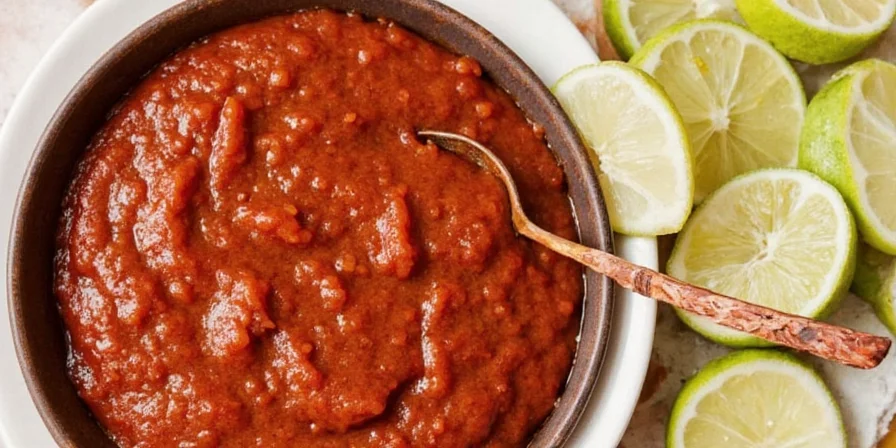









 浙公网安备
33010002000092号
浙公网安备
33010002000092号 浙B2-20120091-4
浙B2-20120091-4